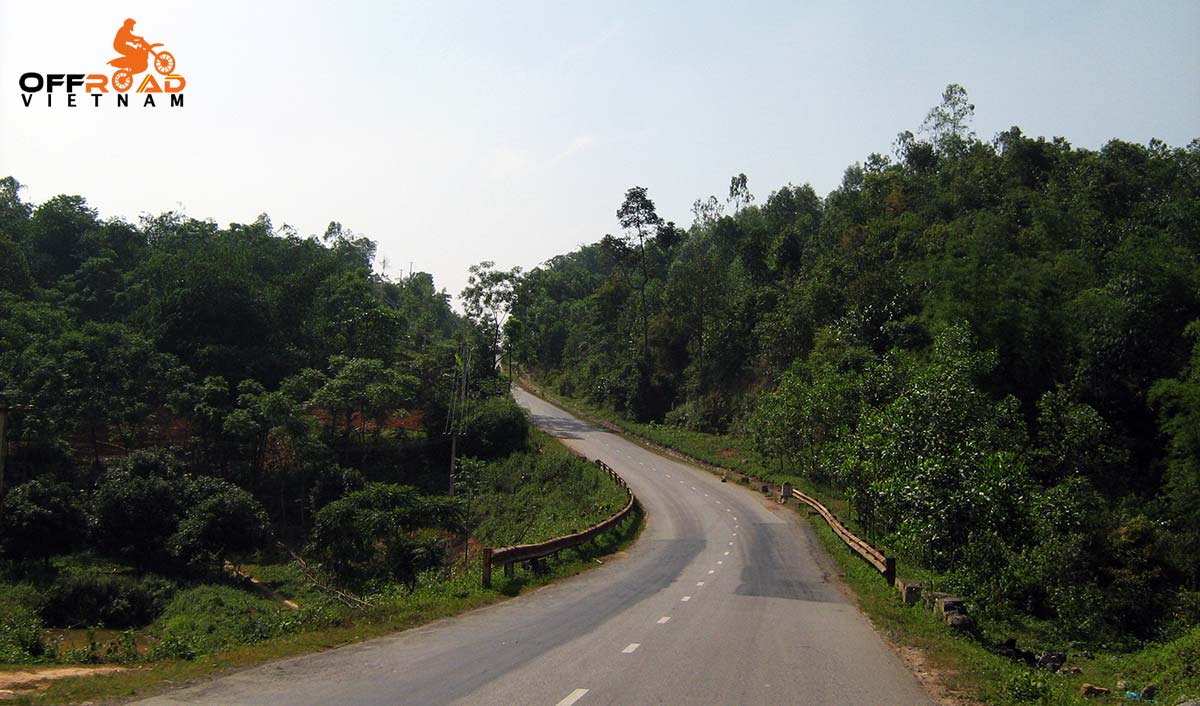HA NAM PROVINCE, NORTHERN VIETNAM
Ha Nam Province General Information
Ha Nam province, Northern Vietnam
Region: Red River Delta
Capital: Phu Lý
Area: 861.93 km²
Population: 852,800 (2019 Census)
Density: 989/km²
Demographics: Vietnamese, Tày, Muong, and Hoa
Calling code: 226
Website: www.hanam.gov.vn
Hà Nam is a province of northern Vietnam, in the Red River Delta.
History
Hà Nam province and Vietnam as a whole implemented the second five-year plan between 1975 and 1980. This plan included protecting the country’s national border and gradually overcoming difficulties within the country itself. Between 1981 and 1985, the administration attempted to improve the society and culture of Vietnam.
The years between 1975 and 1985, were a difficult time for the country in general and for the Hà Nam province, in particular. In this period, the society and economy of Vietnam went through a number of severe difficulties and the majority of the population’s standard of living was very low. Despite these events, Hà Nam province still managed to make some important gains.
Ha Nam Province Administration Divisions
Hà Nam is subdivided into six district-level sub-divisions:
4 districts
Binh Luc
Kim Bang
Ly Nhan
Thanh Liêm
1 provincial city
Phủ Lý
1 town
Duy Tiên
They are further subdivided into seven commune-level towns (or townlets), 98 communes, and 11 wards.

Improved Crops
Throughout this period, Hà Nam Province concentrated their efforts on implementing an extensive irrigation system, widening the area suitable for growing crops, developing the manner in which cattle were raised in the area, and applying for technical-scientific advances. As a result of these operations, a high number of co-operatives in the province reached 5 tons per ha by the year 1987. Furthermore, agrarian districts supplied tens of thousands of tons of food for the state.
Handicraft
The handicraft industries continued to develop in both the quantity and the quality of the products being produced. Basic education standards developed quickly and equally. The areas of information culture, medical and sports were opened and intensified at a grass-roots level.
The Northern Border War, which broke out during February 1979, had a direct influence on the socio-economic situation in Hà Nam province, in particular. The Hà Nam province’s population became involved in the struggling movement via military enrollment and the local military force began assisting the defense and security plans of the nation.
Economic Development
Throughout the early years of the 1980s, Vietnam became involved in implementing the third five-year plan as a result of changes in the global climate. The population and the various sectors faced a number of difficulties, including the delivery of raw materials and food. The instability of the economy intensified, resulting in rapid inflation and soaring prices.
The release of Decree 100/CT/TW on January 13, 1981, was an effective measure to boost activeness and creation in production and delivery. This managed to bring the nation’s agriculture problems under control.
From 1981 to 1985, Hà Nam’s coefficient use of land increased from 1.5 to 1.76, and food production continued to rise throughout the period. The industrial and small handicraft services created plenty of jobs for labourers. Furthermore, localities became increasingly involved in exporting goods such as jute, groundnut, garlic, and sesame.
The standards of education continued to follow the objectives of the reforms passed. Oriental and western medicines were integrated effectively in examination procedures. The media soon gained access to undiscovered knowledge and continued to help meet political aims in the province.
An Embroidering Enterprise
In the year 1986, the country became involved in a renovation process. The administrative subsidy mechanism was erased, creating favourable conditions for developing a multi-sector economy. The economic and investment structure focused on four socioeconomic programs. Social-cultural, technical science, and medical activities were intensified and agriculture increased remarkably. The private economy continued to develop, attracting many labourers and banking and financial operations found their place in society.
For more details about other provinces and cities of Vietnam, please follow this link.


Leave A Comment